MAURICE DE VLAMINCK (1876-1958)
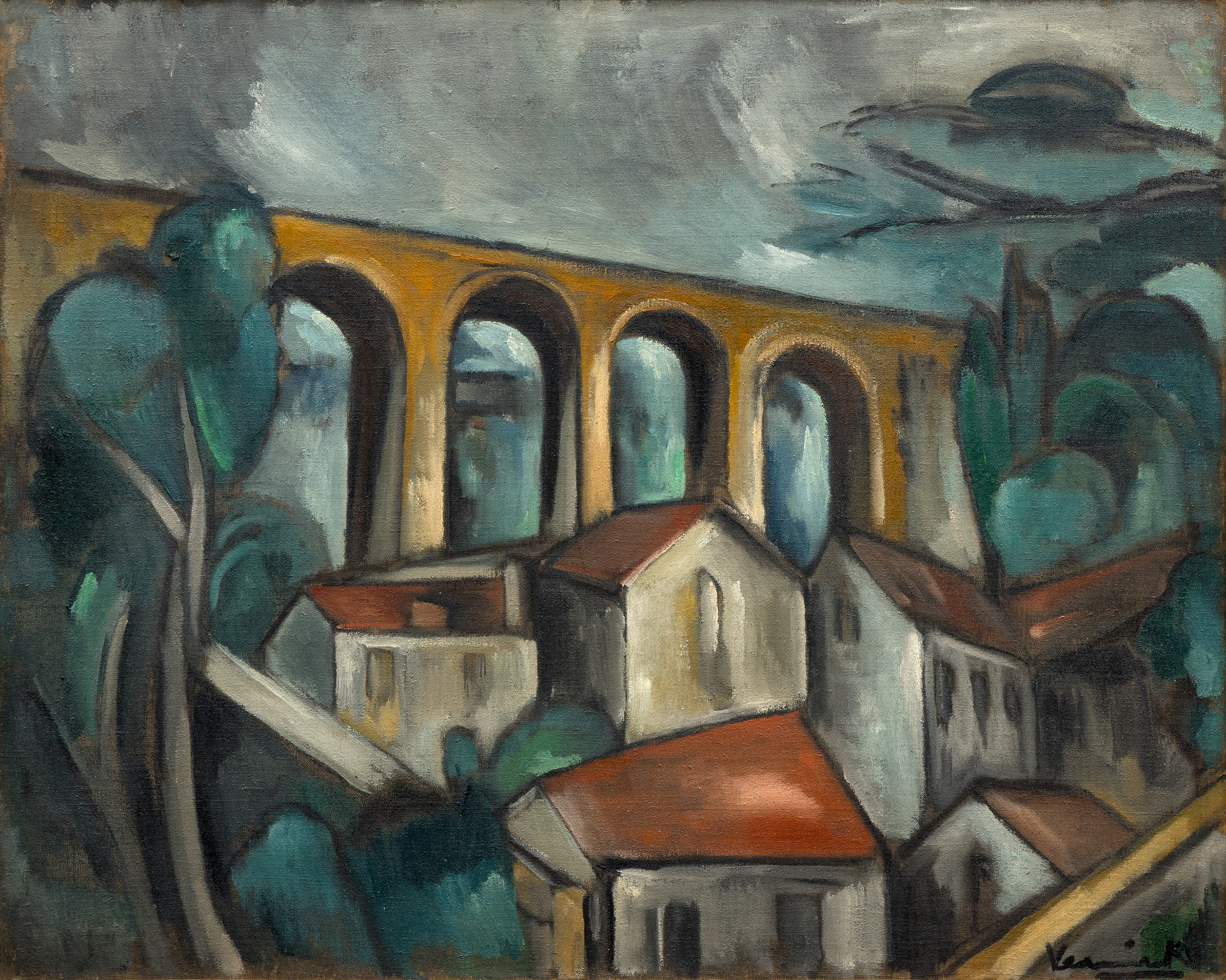
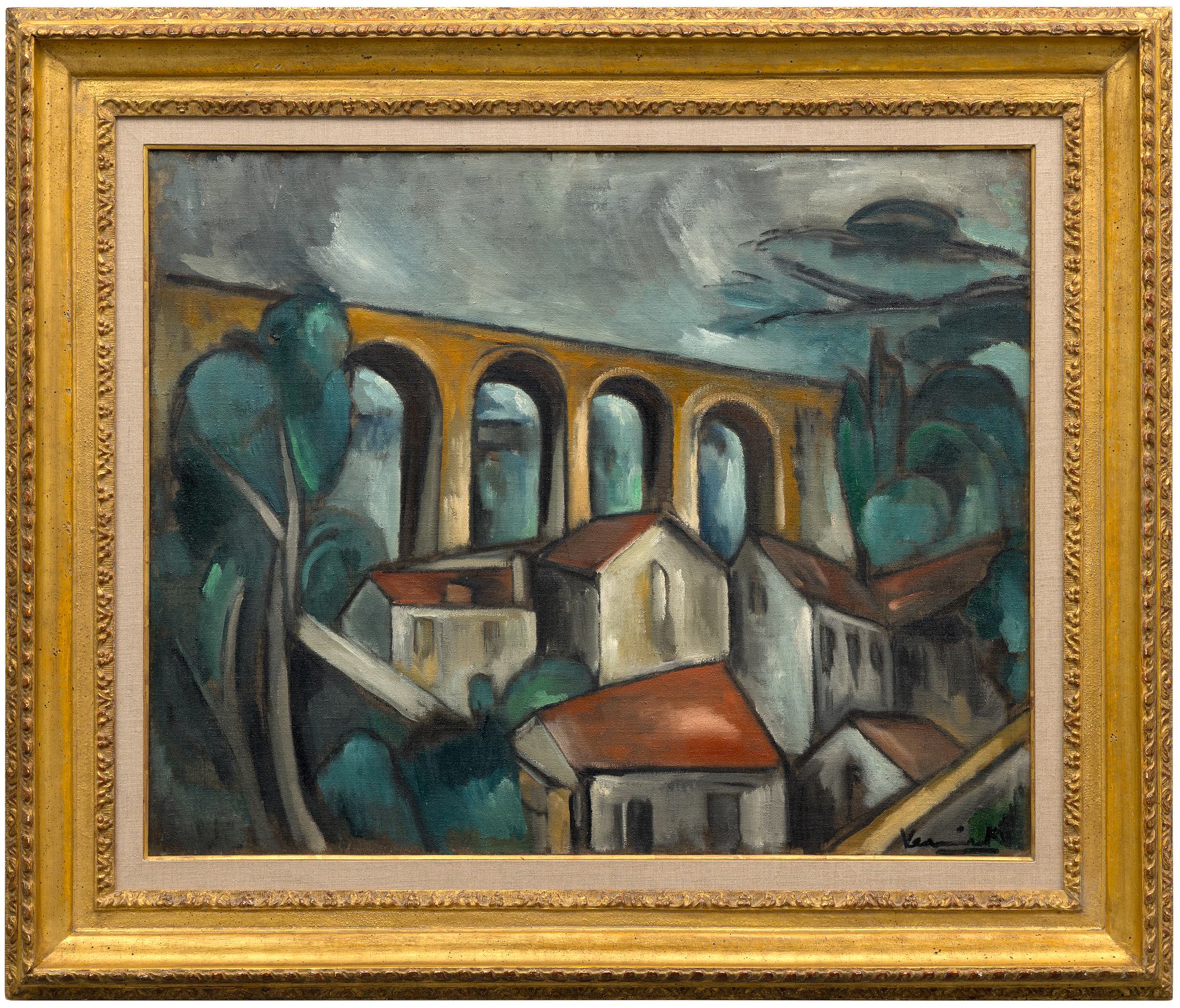
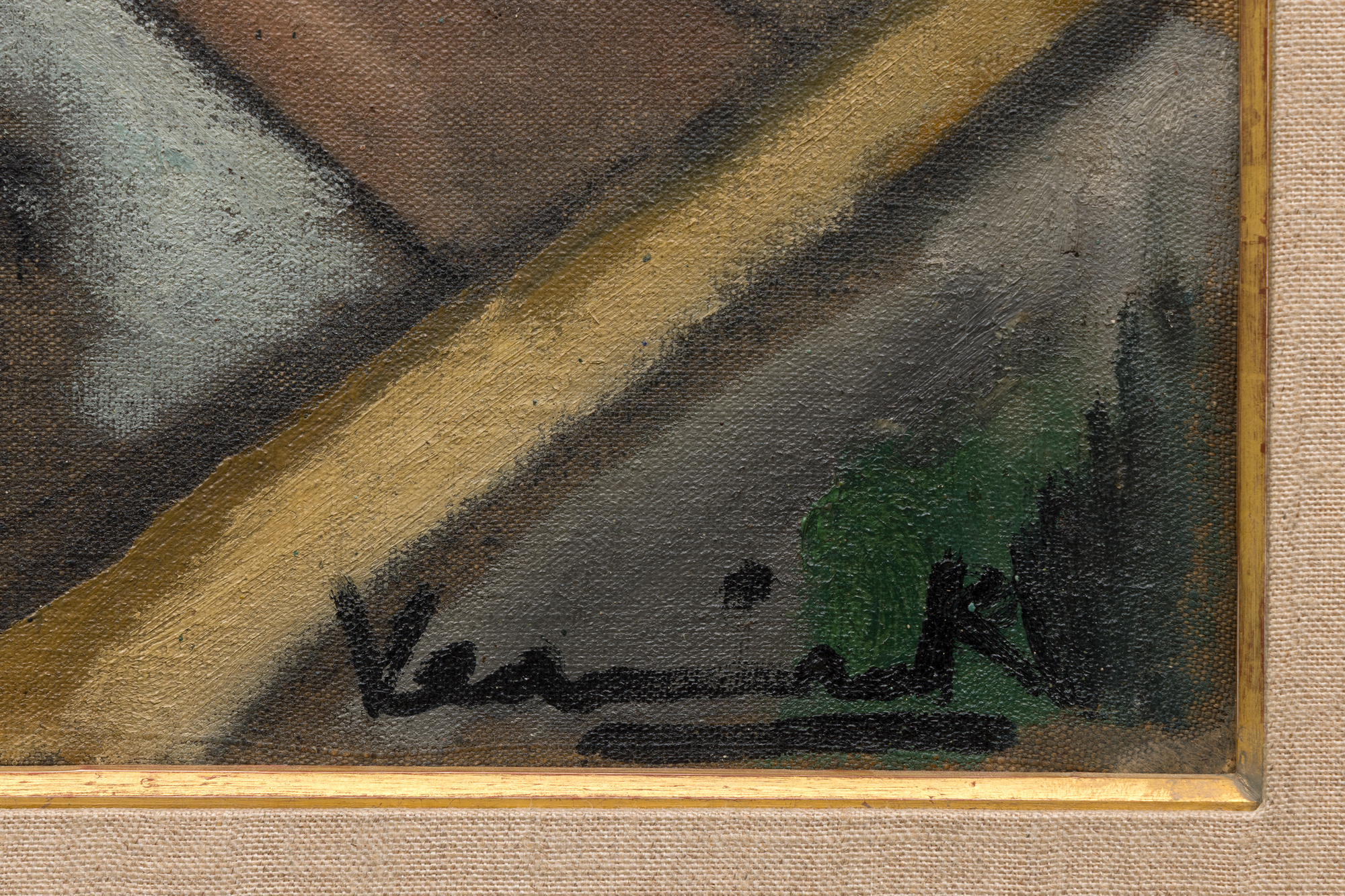
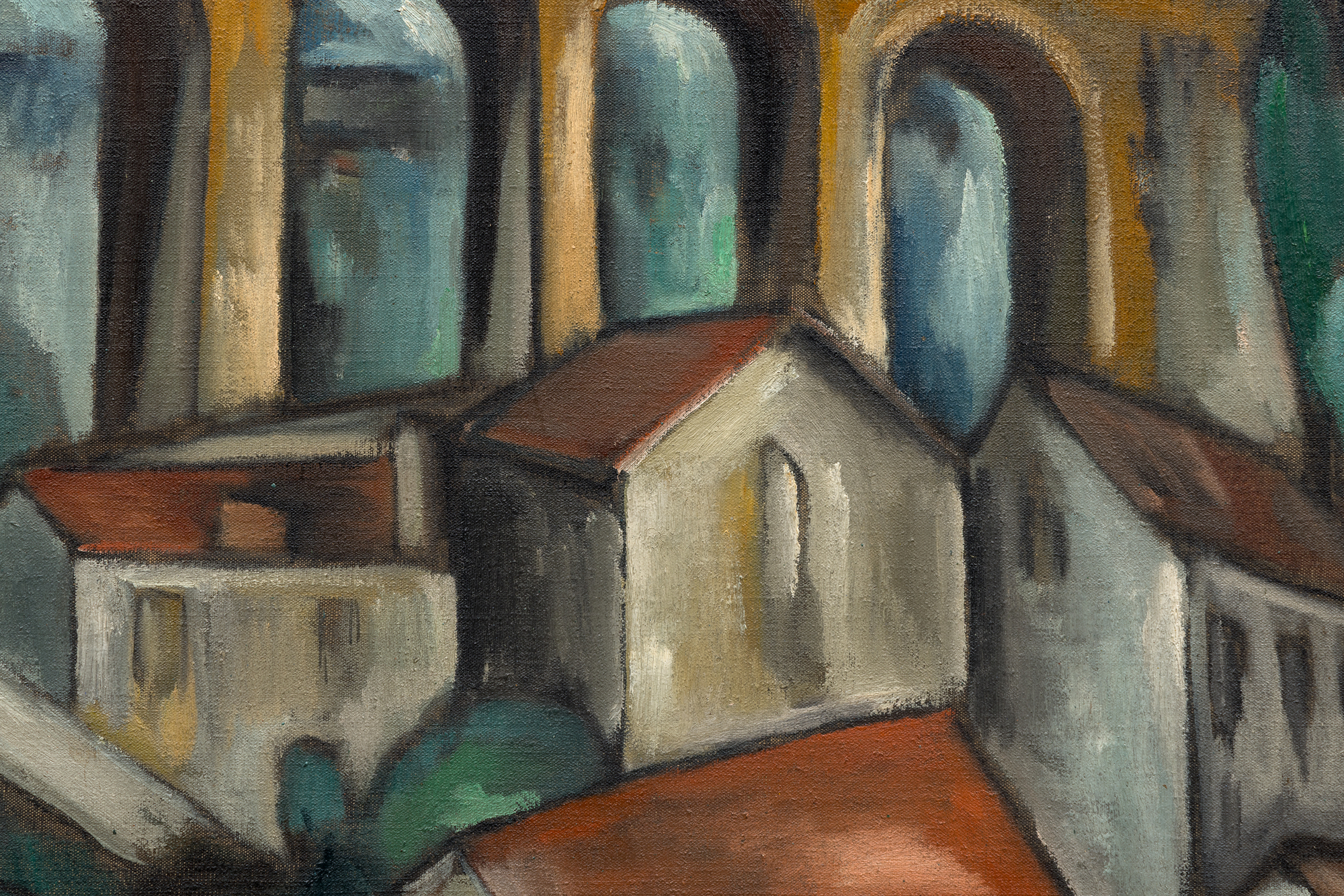
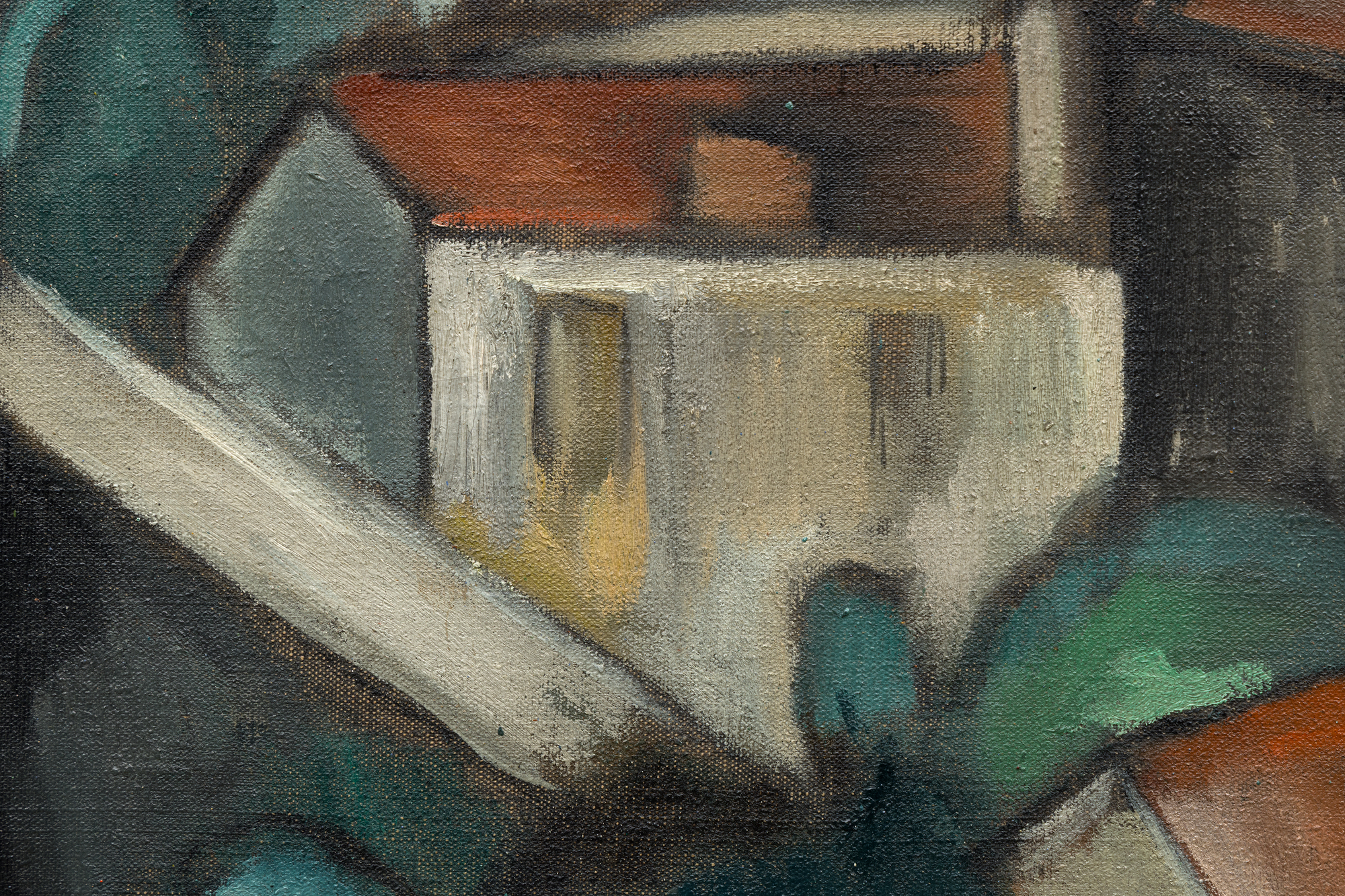
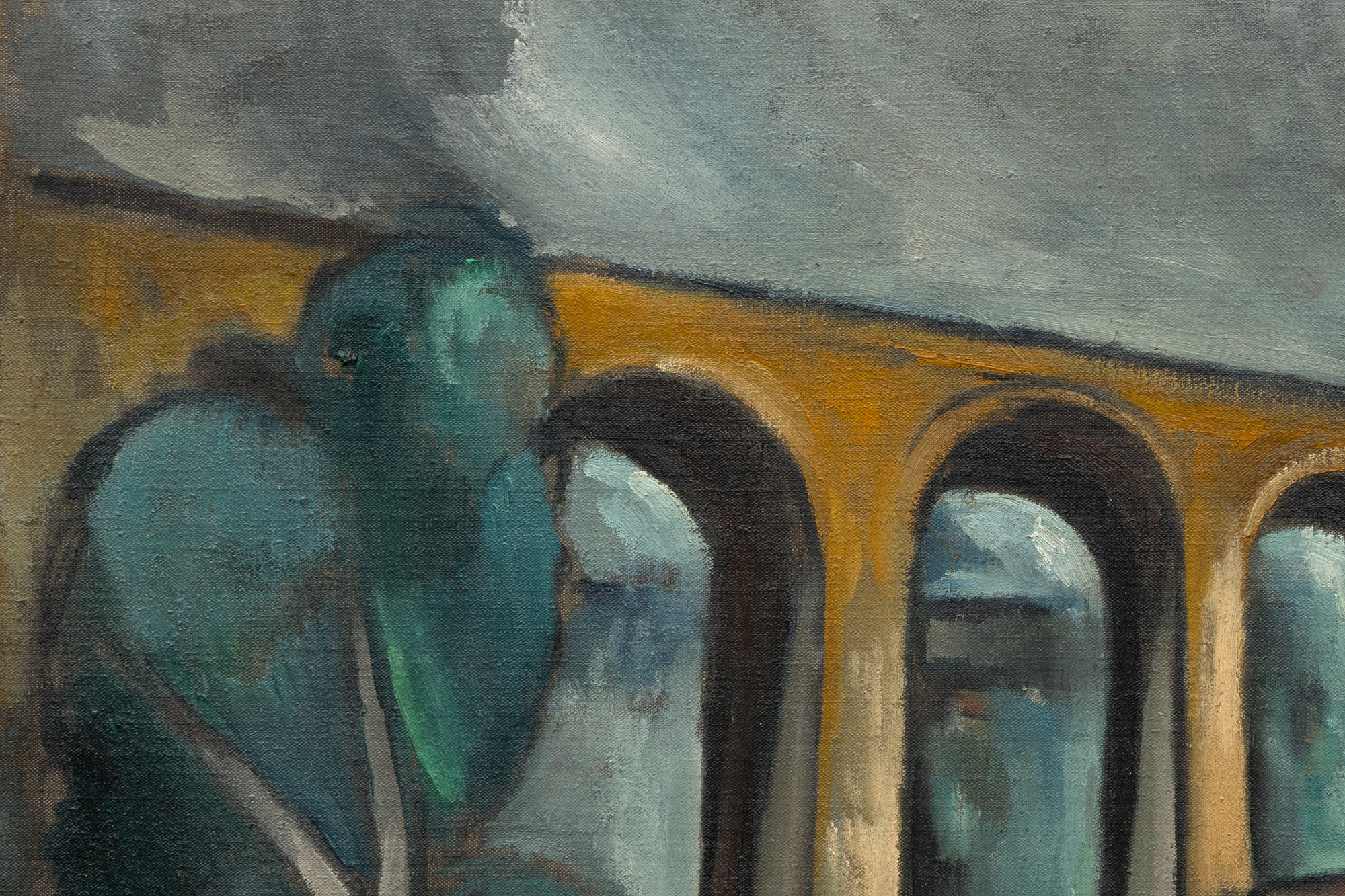
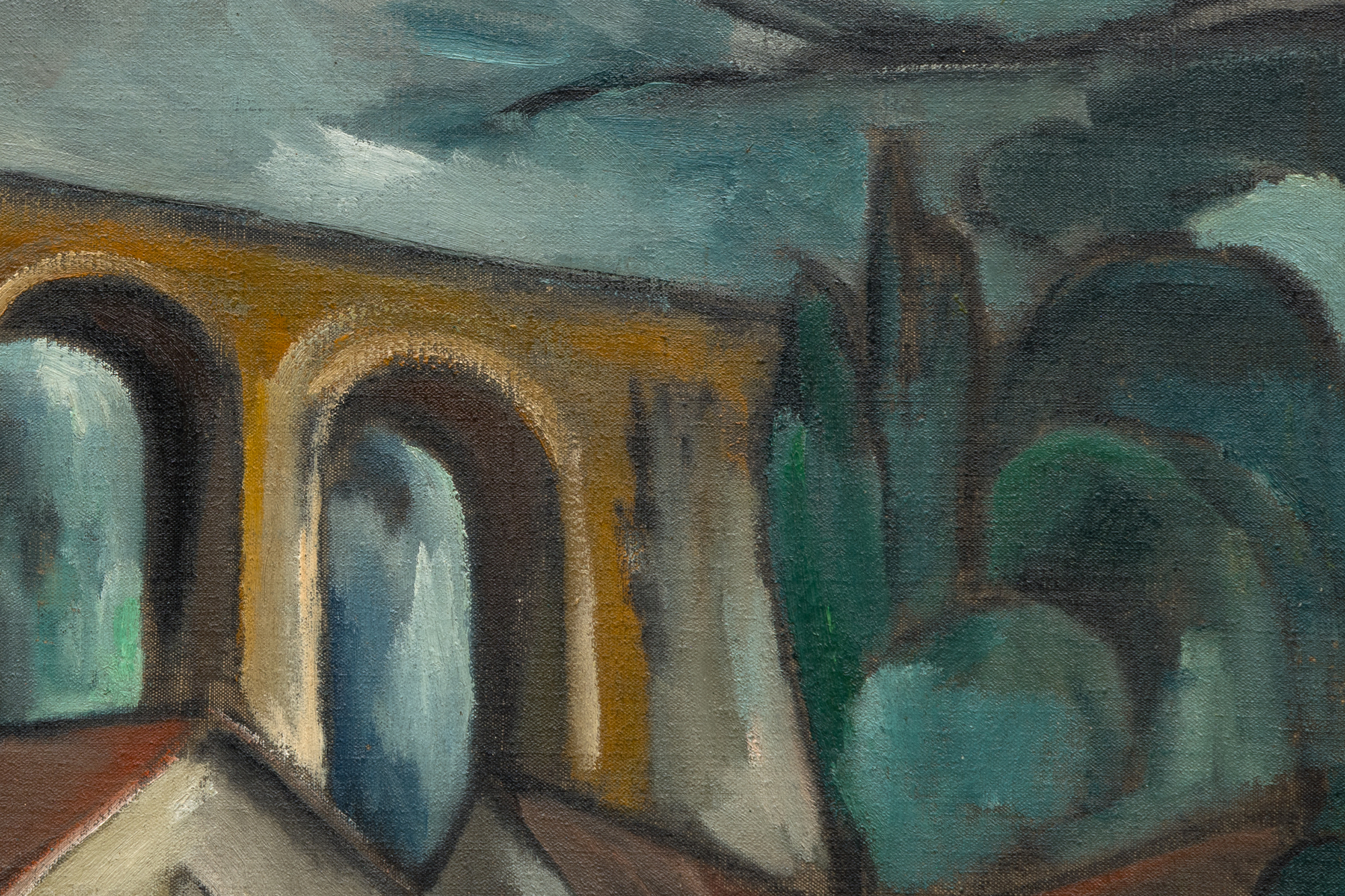
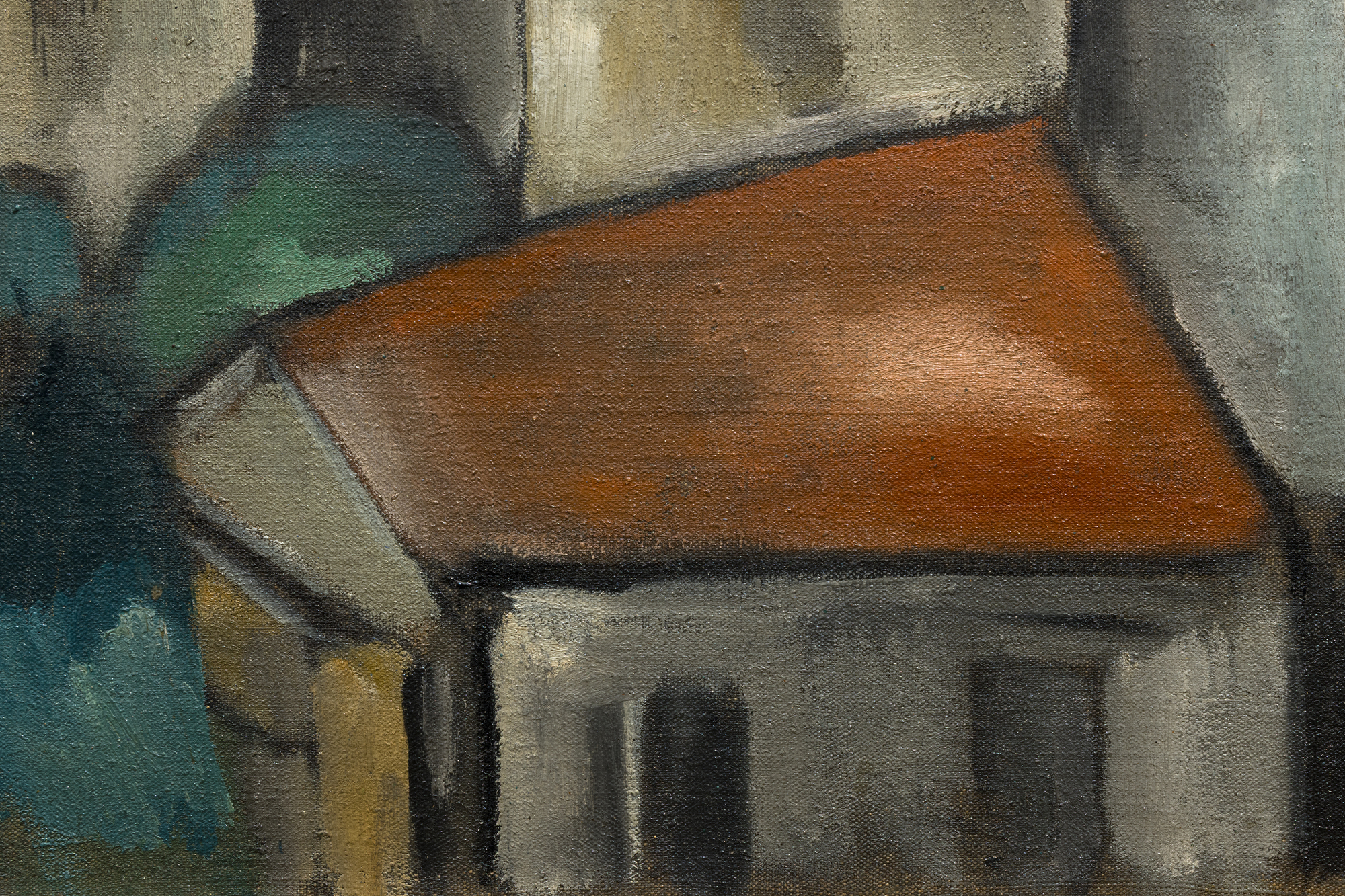
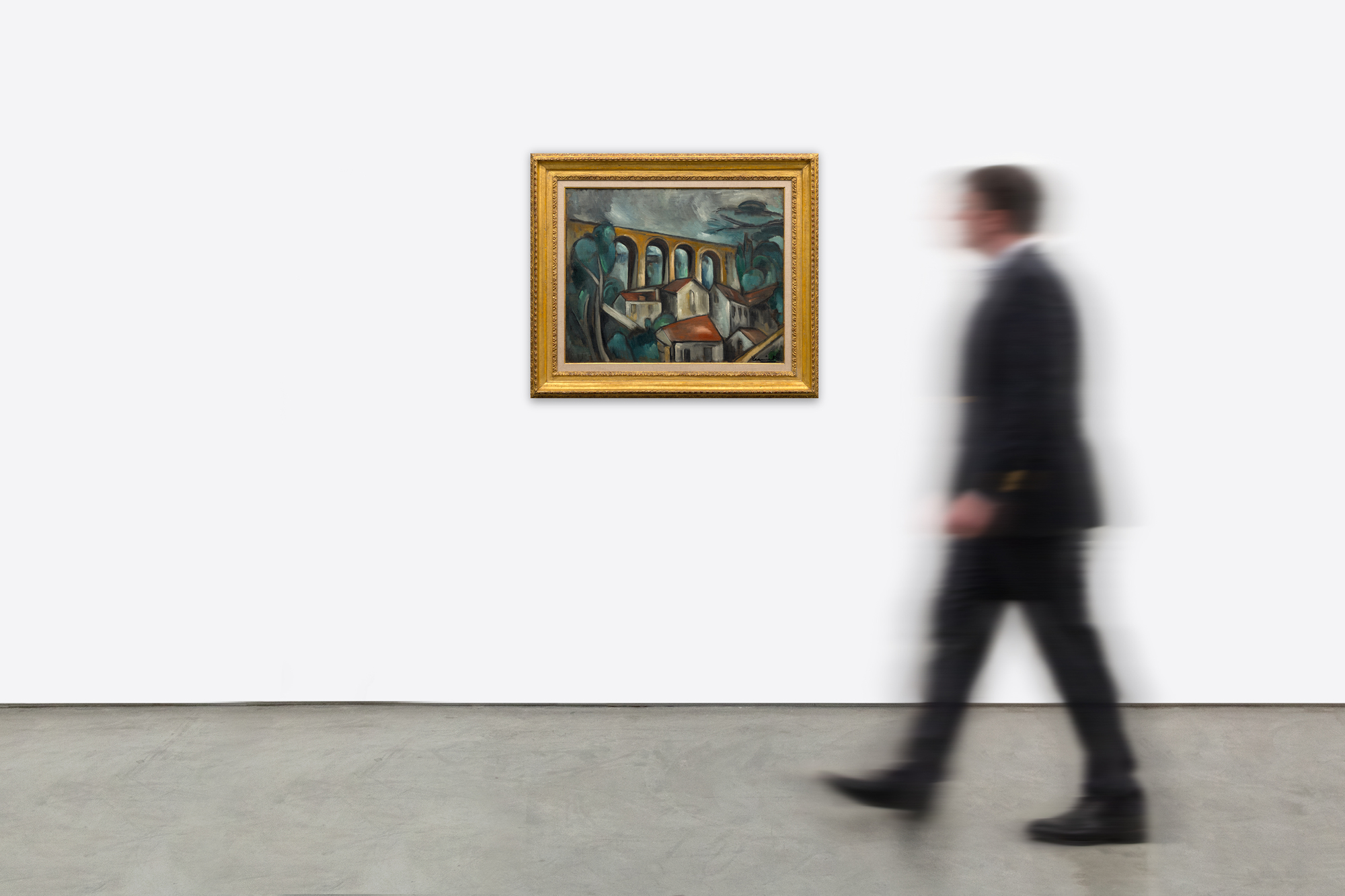
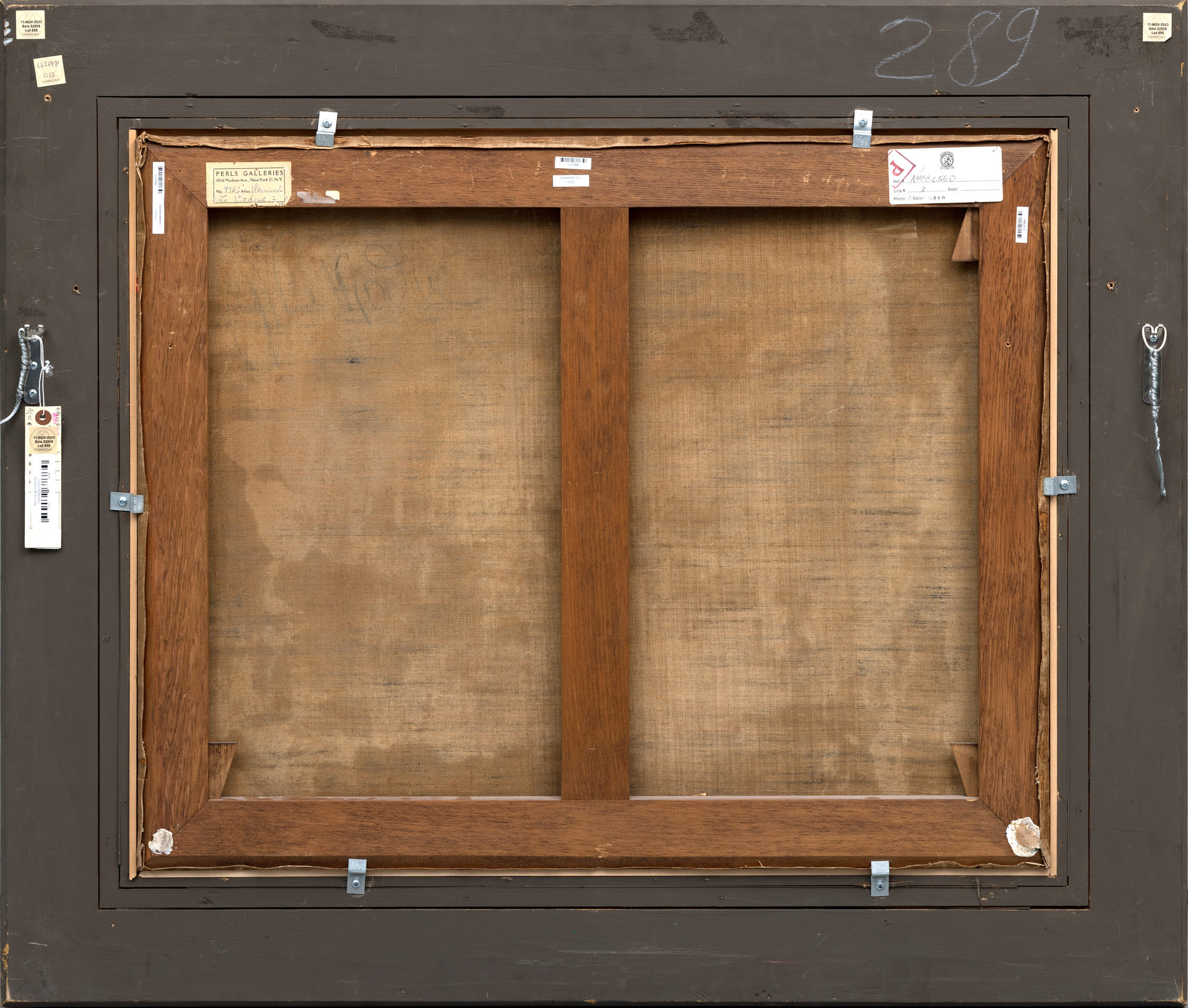
Provenance
Werner Ruscher, CologneParke-Bernet Galleries, Inc., New York, April 17, 1969, lot 143
Galerie Marcel Bernheim, Paris
Perls Galleries, New York
Private Collection, acquired from the above, c. 1993
Exhibition
Tokyo, Galerie Nichido and Osaka, Shin Daibiru, Vlaminck, October-November 1966, no. 10Literature
Galerie Nichido, Vlaminck, Tokyo, 1966, no. 10, illustrated (dated 1918 and titled Viaduc)175,000
Vlaminck’s bold brushstrokes and muted palette create a textured, almost sculptural effect, with trees and rooftops rendered in dynamic, faceted shapes. The overcast sky enhances the scene’s ambient intensity, while the viaduct’s arches dominate, symbolizing modernity amid rural charm. This work exemplifies his early Fauvist roots evolving into Cubist influences, showcasing a pioneering style.
A resident of the region, Vlaminck frequently depicted its evolving landscape, blending tradition with innovation. "Le Viaduc de Saint-Germain-en-Laye" offers collectors a rare glimpse into his transformative period. Its striking composition and historical context make it a compelling addition to any collection, celebrating Vlaminck’s contribution to modern art’s development.


